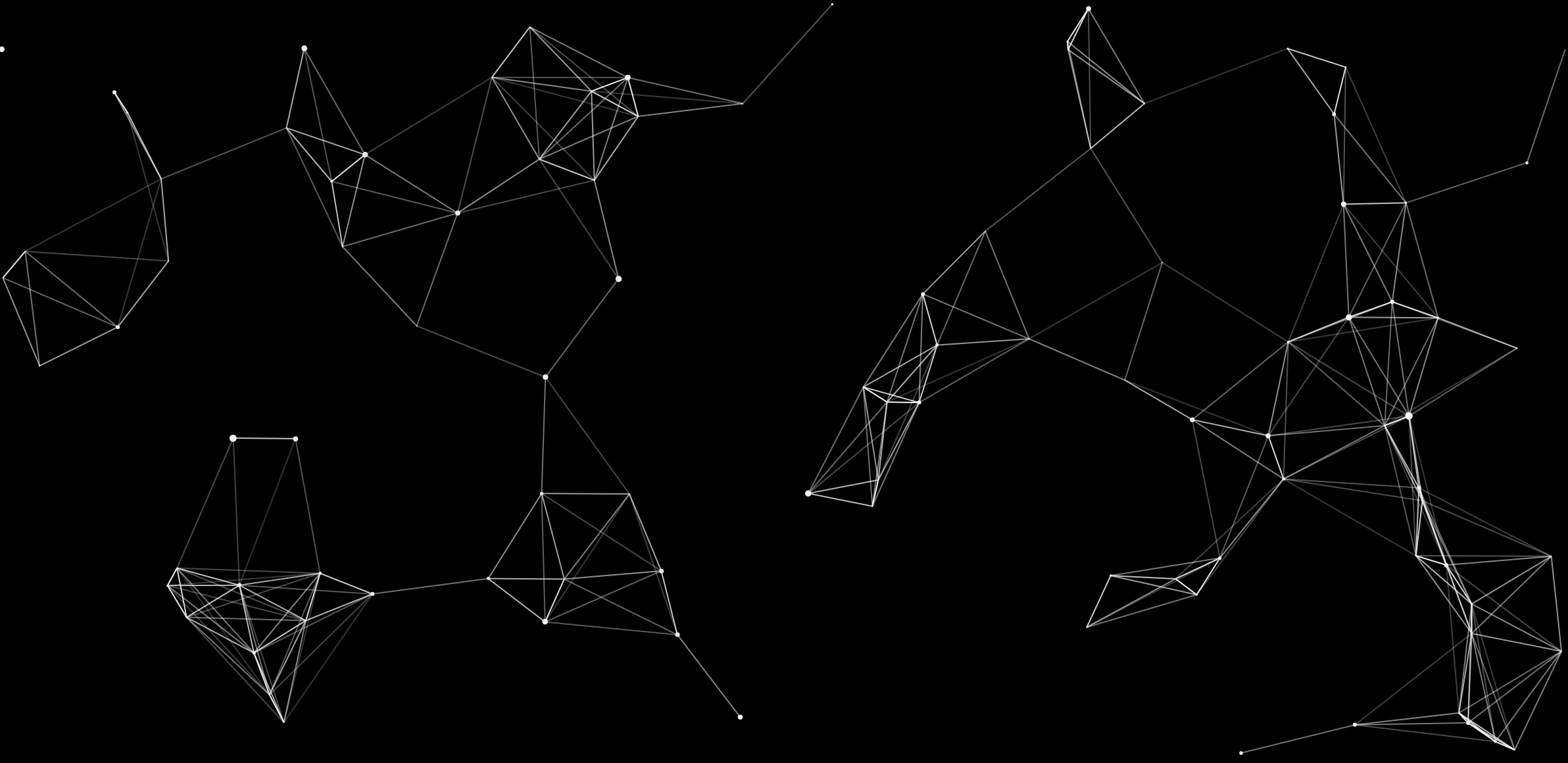Share this:
Imagine you’re hiking up a steep hill with a friend. You hear a yelp from the direction of the crest — a cat is falling toward you. Without a thought, you both leap towards the cat, grab her, and take her to a safe spot.
Before you can recover, you hear another cat crying for help. You and your friend leap toward the crying cat to rescue him as well. Then another struggling cat drops into sight… and another…and another. The two of you can barely keep up.
Suddenly, you see your friend running up the hill, leaving you alone. You ask, ‘Where are you going?’ She answers, ‘I’m going up there to tackle whoever is throwing all these cats down the hill!’”
This old parable has been told in many different ways. It underscores a central issue we often face: getting caught in a response cycle.
We focus on the emergency. We stay close to what we know, fixing one problem after another, but we never go up to the top of the hill to repair the systems that caused the issues.
Manufacturing workers address efficiency issues, call centers reps log customer complaints, and doctors treat chronic illnesses. But efficiency issues, customer complaints, and illnesses can all be prevented!
The same is especially true in IT and enterprise storage management. We spend days, nights, and weekends putting out fires, resolving tickets, fixing errors and addressing alerts. After all that, there is hardly enough time to spend preventing the fires in the first place.
When our efforts slant so heavily towards reaction instead of prevention, what can we do to change our focus?
Here are three ideas for breaking response cycles:
Self-Awareness
People have varying degrees of comfort engaging in the unknown, so it’s critical that one understands his or her own preferred coping mechanisms.
Research has identified three major ways to cope with stressors or novel situations:
- Appraisal-focused: strategies that help perceive the stress in a less negative way.
- Problem-focused: strategies that help reduce the source of stress.
- Emotion-focused: doing positive or distracting things to feel better.
Which strategy most resembles your default approach?
There are pros and cons to each strategy – none is superior. But understanding your preferred “go-to” approach helps you leverage its strengths and fight its weaknesses in order to better zero in on root-cause issues when there is a problem.
Decenter
Our perceptions come from multiple sources. But are our perceptions reality? Hardly.
We all have a unique perspective formed by our own field of vision, which usually contains limited information and relies only on what we personally see.
Our own perceptions, then, can narrow our scope of understanding. The key is to decenter and move beyond our own pre-established perspective.
Philosophically, decentering moves us from a constant state of self-centered perception and into a broader framework.
“What can I not see?” “What can someone else see?”
Within storage management, practical methods of decentering require new ways of looking at data. With Visual One Intelligence, for example, storage architects can unify data from across hybrid and multi-vendor storage environments in new and collaborative ways.
Unified data correlated on a single pane of glass opens windows into new corners of storage infrastructures – corners which often remain hidden to most (or all) of the enterprise storage team.
Ask the Right Questions
When confronted with perpetual emergencies, pause.
Take a step back. Ask questions to surface new information. Rely on primary and secondary sources to fill in gaps.
A best-selling book on navigating high-stakes situations teaches that powerful dialogue begins with questions of what and how rather than why.
Questions like, “What would you like to see happen?” and “What does that look like for you?” help distinguish concrete needs and goals. On the other hand, “why” questions tend to elicit defensive responses.
Seek to uncover what others are seeing that you are not.
With enterprise storage growing at nearly unimaginable levels, data management is getting more complex and segmented. More than ever, enterprise IT teams need new ways of looking at things and renewed emphasis on preventing problems (instead of fixing them).
Visual One Intelligence correlates raw storage data for actionable insights – helping infrastructure admins and storage engineers see with new eyes and ask better questions about what’s really going on in their storage environment.
Health monitoring, capacity planning, workload optimization…they all add up to proactive observability that breaks these response cycles.
See for yourself what you can’t already see. Schedule a demo today.







